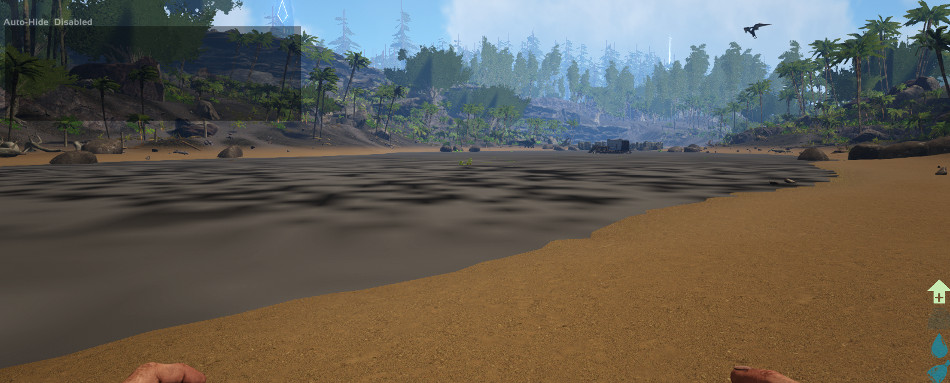

And once the hatch ends, fish will often switch back to eating the leech. Sometimes fish will eat leeches until a hatch is heavy, and then they’ll switch to the hatching insect. Even though the fish might ignore the leech, it will get them excited. Maybe the fish are keyed in on BWOs, PMDs, midges. The leech can also serve as a great attractor. Those adjustments can elicit a more aggressive take because the motion triggers a fish to eat it.” Then give it a mend and slow it down where it is drifting more naturally. To give them a little movement, “you can definitely throw a mend or allow the current to catch your line so that it swings a little bit. “Dead drifts give fish the opportunity to eat something big and meaty without having to do much work,” Phil says. While it is sometimes tempting to strip or do something with the leech pattern, allowing it to dead drift with the current can get plenty of takes. Phil and Brian agree that dead drifting the leech patterns can be very productive. Anglers will need to experiment with their rig to see what works for their fishery. Their different strategies show the versatility in fishing this pattern. Phil and Brian have different approaches for presenting the leech to hungry trout.

Leeches will emerge from under rocks or structures along the bank and drift with the river or stream’s current. They’ll search them out in low light scenarios like the early morning or in the evening. (Which means, too, that they could be our focus bug in the spring!) Fishing the Leechīecause the leech is a bigger food source, trout will tend to hunt for them more. They’ll get displaced from run-off, knocked loose from logs or rocks. Leeches are a year-round food source because they are “not water-temperature dependent.” You’ll see more leeches in the water when the flows are higher. Phil says “they’re kind of like an inverted snake when they ball up and then stretch out.” With their deceptive strength, they can extend and contract making them appear almost like inch worms propelling themselves through the water. Somewhat surprising, the leech is also muscular. Their movement is very distinctive because the leech is an invertebrate. You’ll see two or three leeches swimming around when the water clears.” Walk around in the mud and the sediment for even a couple of steps and then let the water settle. “It’s pretty incredible how many leeches are on the Ark. Phil Tereyla has his clients observe the leech’s swimming behavior down on the Arkansas tailwater. The leech’s appearance and behavior change whether you are observing them swimming in the water, attached to a log, or held in the palm of your hand.
Ark disable in water drift full#
Because of their size, they are a great food source, full of calories compared to smaller insects in the water. If you watch them swim, you’ll get a different perspective on their size compared to flipping over a rock or the bottom of a log and checking them out. When they are swimming, they can stretch themselves to around 3” long. They can take on the color of the vegetation. Most often they’ll be in dark brown, or black, but there are quite a few olive-colored leeches in our tailwaters. When they get dislodged or venture out from those protective structures, they will drift and swim in the current. You’ll find them under the rocks, or living in the mud, or attached to logs in our fisheries.

The leech is a carnivorous worm that feeds on little aquatic insects. There may be an ebb and flow with fish eating them, as with most bugs, but they are a consistent food source.” About The Leech Fish them in winter, spring, summer, and fall. Covey guides, Phil Tereyla and Brian Hilbert, offer up some suggestions for fishing with this productive pattern.īrian Hilbert says that it’s the “most consistent pattern on my rig regardless of time of year. Our Bug of the Month for February is the leech.


 0 kommentar(er)
0 kommentar(er)
